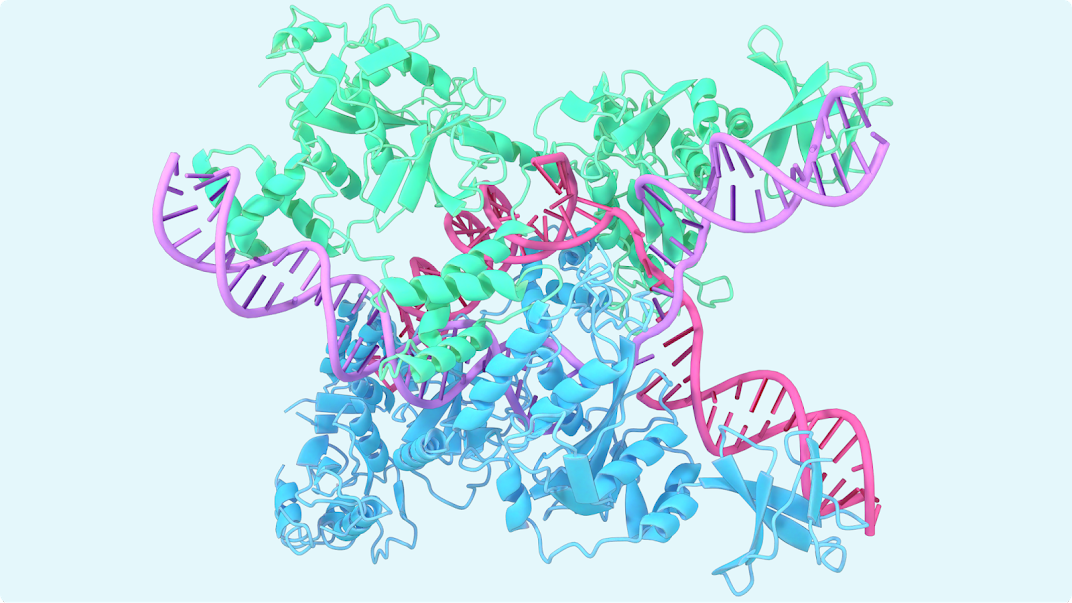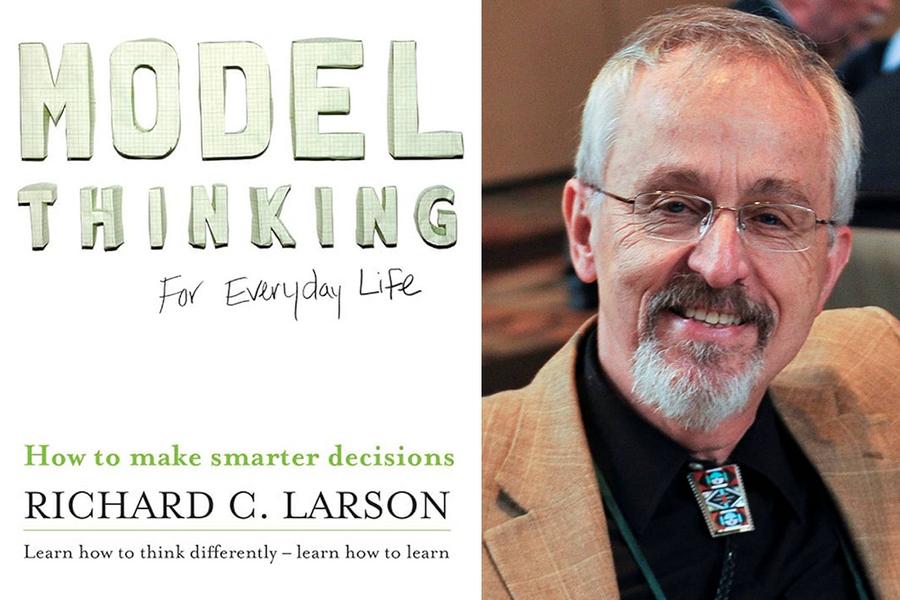In the face of uncertainty, we instinctively act based on which actions lead to the ideal result. Of course, it is desirable if we can determine how likely it is for us to succeed in getting this so-called ideal result, especially when grave consequences await in the failure to do so. Probability is a numerical way determining the likelihood of events occurring.
Probability Axioms
There are three probability axioms. Axioms are statements that are assumed to be true. All the complex properties of Probability Theory are derived from these three key assumptions. We first look at axioms 1 and 2.
- Axiom 1: The probability of any event occurring is greater than or equal to 0.
- Axiom 2: If an event is guaranteed to happen, the probability is 1.
These axioms combined imply that a probability is any number between 0 and 1. An event with zero probability is expected to never occur while an event with probability one is guaranteed to occur. This also means that the nearer the probability is to 1, the more likely an event will happen.
Axioms 1 and 2 gives a lower and an upper bound to the numerical value of a probability. Axiom 3, on the other hand, provides a way to compute probabilities concerning mutually exclusive events.
In order to understand the third axiom, we must first grasp the concept of mutually exclusive events.
“Mutually exclusive events are events which do not occur at the same time. For instance, landing a head and landing a tail in a coin flip are mutually exclusive events.”
We’re ready to inspect axiom 3, also known as the additivity axiom.
- Axiom 3: Given a collection of mutually exclusive events, the probability of any event in this collection occurring is equal to the sum of their individual probabilities.
In other words, given a group of events which cannot occur simultaneously, the probability of occurrence of any event belonging to the group is just equal to the sum of the probabilities of the events in the group.
For instance, if in a toss of a fair coin:
- Probability of landing a head = 0.5
- Probability of landing tail = 0.5
To illustrate axiom 3, we consider the collection consisting of two events: the event of landing a head and the event of landing a tail.
Since these events are mutually exclusive, the probability of either of these two events occurring is equal to the sum of their individual probabilities.
- Probability of either landing a head or a tail = 0.5 + 0.5 = 1
The resulting probability 1 makes complete sense since a coin toss would only yield a head or a tail (assuming that the coin won’t land on its edge). Therefore, it is guaranteed that the coin would turn out to be either a head or a tail.
We are now acquainted with the three probability axioms. This knowledge serves as a gateway in learning more advanced topics in Probability and Statistics.
References
-
- DeGroot, M.H., & Schervish, M.H. Probability and Statistics. (2012). (4th ed.). Pearson. pp.16-17.
- Ross, S.M. (2010). A First Course in Probability (8th ed.). NJ: Pearson. pp.22-28.










